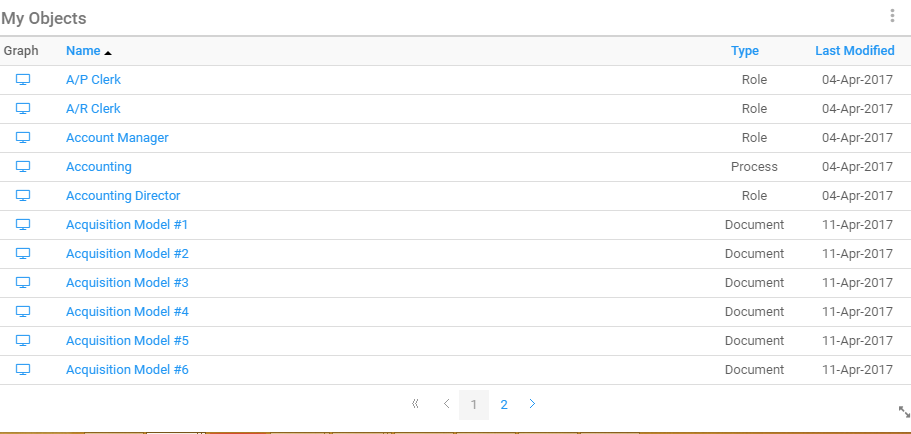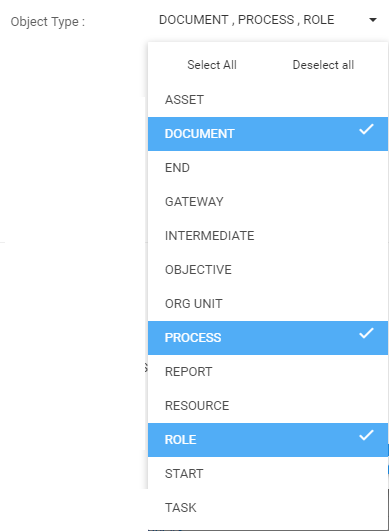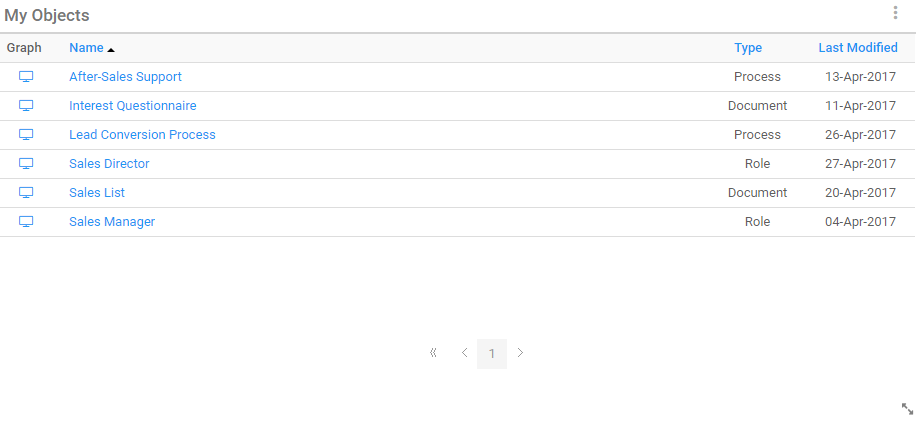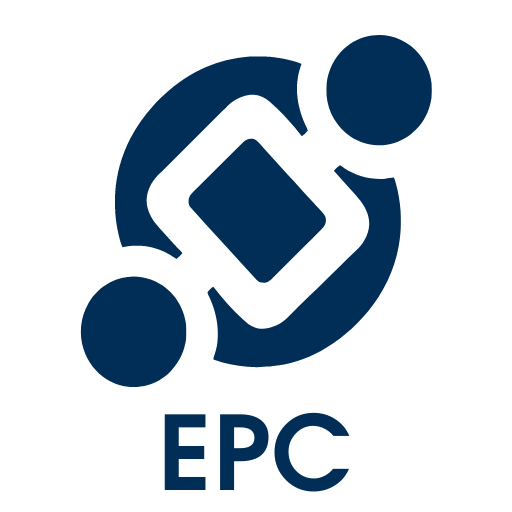EPC Web App uses 2 sets of rules to allow users to filter information. These rules, once at work, allow users to filter increase precision, or expand the scope of the information they are looking to display in the Widget they are customizing.
| Rule | Description |
|---|---|
| AND | AND clauses allow users to examine information with greater depth by providing more filters for data being queried. The result of using filters with AND clauses are that less data will be featured in the Widget. |
| OR | OR clauses allow users to examine information with greater scope by providing users with data that meets various sets of criterion. The result of using filters with OR clauses are that more data will be featured in the Widget. |
These rules are applied either with individual filters or are applied when filters are compounded with one another. The filters that are provided to users, used individually, follow OR clause rules. However when they are combined, provide additional filters, thus following AND Clause methodology.
It is also important to note that different filters have different relationships. Please see the Widget Filter Categories section below for further details.
Individual Filter
If a user applies 1 filter, the filter will typically follow OR clause methodology. This meaning, that if a user applies multiple case scenarios to the one filter, the user will see the Widget populated with more data.
To illustrate this scenario, we will use the “Object Type” filter in the “My Objects” Widget. As we can see in the image below, a user can select multiple different object types within the filter settings.

Once this filter is applied, the widget will filter all the items in the list that meet the criteria. In this example, all Documents, Processes, and Roles will be featured in the Widget.
This creates a Widget with a wide scope of information, and can be useful to users who desire to see multiple pieces of different information within a given Widget.

Compound Filter
Users can apply multiple filters to customize their Widgets. Combining multiple filters will allow users to populate their Widgets with more specific pieces of information. Combining filters creates scenarios where AND clause methodology applies. This meaning that a user applies more filters to increase the focus of the information that a user is choosing to view.
To illustrate this concept, we will use the “My Object Type”, and “Filter for My Subscriptions” Filters. The “Object Types” selected will be Documents, Processes and Roles.

If a user simply applied this filter, the Widget would populate itself will all Documents, Processes and Roles that the user has access too. However, by applying both the “Object Type” and the “Filter for My Subscriptions” filters, the user will further narrow down the information selected.
With both of these filters applied, the Widget will only feature items that meet both filter criteria. This meaning that ONLY Documents, Processes and Roles that have been Subscribed too will be featured in the Widget

As you see, comparing the Widget with Compounding Filters features less information than the Widget with an Individual filter. This increases the precision of the information but reduced the scope.



Hinterlasse einen Kommentar.